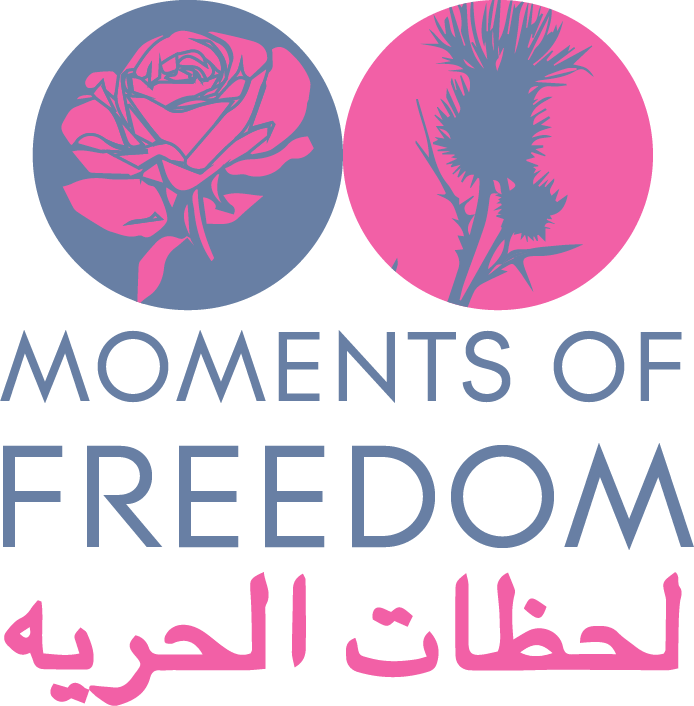The 3Ps
The professional, personal and private self of the social pedagogue
The New Scot women are from Syria having fled war in their country – many described shielding their children from the bombs. How do we hold a group and each other in a common sense of purpose with trauma? We are not experts in trauma but – using tools from social pedagogy practice such as the 3 Ps- Professional, Personal and Private helped us build authentic relationships, sharing enough with boundaries to keep everyone safe.
Personal
The personal self is about how we engage with people to show who we are so that we can develop a genuine relationship. By being open about who we are from the outset, including our flaws, created an equal basis to form trusting relationships. Using our self in a social pedagogical way means creating space for continuous professional reflection [where the professional self comes in]: we had to know what we aimed to achieve in our relationship with the women and how this would benefit them in the work we did together. Our aim was simple: to be one of the fixed/trusted points the women could navigate their lives from in Clydebank.
Professional
The professional self is fundamental to ensure the relationships we formed with the women were both personal and professional. Our professional self keeps us [workers and the group] safe by drawing on our knowledge of the law, relevant policy, research, practice evidence and relevant theory. The professional self frames our relationship with the group by having clear aims so that everything we do together has a strong purpose.
Private
The private self sets the personal boundaries of what would not be appropriate or safe to share with the group. The private self is the line between what is personal and what is private. It is fine not to share some of our own experience that shapes who we are. There have been moments when our private experiences have been triggered by discussion in the group but having a clear purpose and defining ourselves in this way from the outset has made it easier to maintain safe boundaries that everyone in the group respects.
Learn more.


